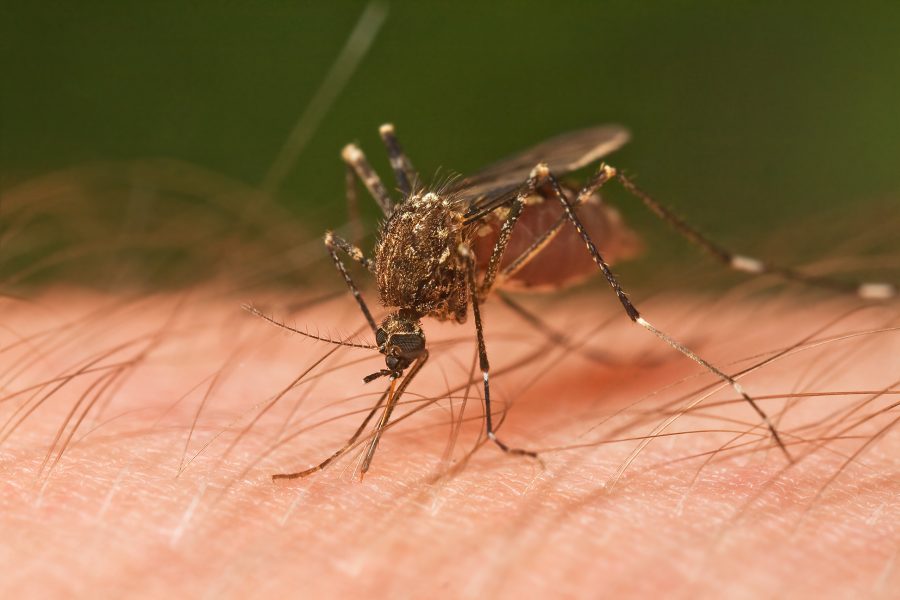As the end of summer approaches and fewer bugs are visible, remain vigilant, and keep the bug spray close by, as the risk of West Nile virus still looms.
First appearing in Colorado in 2002, the West Nile virus has had many cases over the years, with this year having a spike in cases.
Kori Wilford, communications and technology manager for the Larimer County Department of Health and Environment, said that as of Tuesday, there are 53 reported cases and 16 hospitalizations in Larimer County, with a majority being from Fort Collins.
Even as temperatures drop, the Larimer County Health Department is still prepared to see cases rise over the next month.
“We do continue to see cases through October because if someone got infected in August when the mosquitoes were really prevalent, it might take a few weeks before they start seeing symptoms or before they get tested,” Wilford said.
Symptoms of West Nile virus vary, though the main symptoms one can expect would be a headache, fever, stiffness in the neck and disorientation. These symptoms can signify an early infection of meningitis or encephalitis, both of which should be met with immediate medical attention.
“Most people don’t actually have symptoms,” Wilford said. “About 80% don’t show any symptoms at all, (and) another percentage has real mild symptoms — they might have a headache (or) some fatigue, but otherwise they can recover at home. About 1% of people who get West Nile virus have what we call Neuroinvasive West Nile Disease, and that is something that can be more serious where people are having neurological symptoms (and) really severe headaches — they might need to be hospitalized.”
The West Nile virus has no cure. Most of the treatment given to someone who is hospitalized includes making them more comfortable with fluids, painkillers and overall supportive care.
When it comes to preventative care, Wilford mentions the four D’s of preventing mosquitoes: dusk/dawn, dress, drain and DEET spray.
“We always talk about the four D’s — that stands for dusk and dawn, meaning that’s when the mosquitos are most active,” Wilford said. “So we recommend avoiding being outside during dusk and dawn or using a good repellent. We recommend DEET, which is another one of the four D’s. Wearing long sleeves … is another D, and then (the fourth D is) drain. We really encourage folks to drain any standing water around their house.”
This is a zoonotic disease, which is contracted by vectors who carry the disease and spread it. The vectors are culex mosquitoes who spend a lot of time around the water.
“The type of mosquito that transmits West Nile virus are culex mosquitoes, and those particular mosquitoes really love to breed just in shallow, warm water,” Wilford said. “So even a wheelbarrow or a flowerpot that has been sitting outside can be a pretty significant breeding ground for those culex mosquitoes.”
Keep an eye out for mosquitoes as summer comes to a close, and begin to prepare for next year. Spread the word to family and friends about how to prevent water buildup and keep mosquitoes away from you. As with many diseases, those who are immunocompromised are more at risk.
“We always appreciate people letting their friends and family know,” Wilford said. “West Nile can impact anyone, but we see folks who get the sickest usually over 60, and so younger people can let their parents know (and) their neighbors know.”
Reach Ayla Sanchez at news@collegian.com or on Twitter @CSUCollegian.












